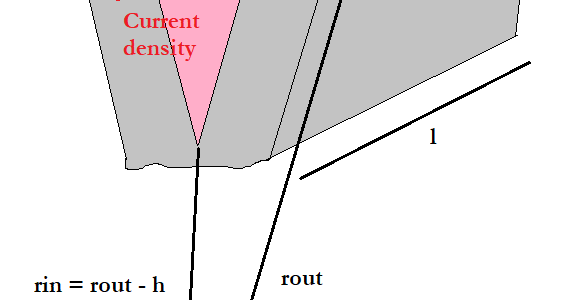Preface I had already written this post up to the analytical methods section when WordPress saw fit to lose all my progress for some reason. So, if you get an aura of pissed-offness from the first few sections, it’s not…

Electric Motor Design, plus stuff

Preface I had already written this post up to the analytical methods section when WordPress saw fit to lose all my progress for some reason. So, if you get an aura of pissed-offness from the first few sections, it’s not…

Summary You may have come across the term ‘fluid flux barrier’, or ‘fluid barrier’, or in any case fluid-something, in the context of synchronous reluctance motors. I certainly have, on multiple occasions. In fact, I encountered the term multiple times…

Summary Getting started in consulting electric motor design. The title says it all. Just my condensed thoughts on the topic. Colossal Disclaimer I. Do. Not. Teach. Consulting. There, I said it. I mean, if you take one thing out of…
The split ratio, defined as the rotor OD divided by the the stator OD, is one of the key dimensions defining the performance of an inrunner electrical machine. For a (relatively) fixed OD and stack length, it’s probably the most…
Finding the operating point of an electric motor is no longer as simple as it used to be. I mean, in the past, or in the textbooks and course slides we often see during our studies, it was simple. Just…

Which is better – axial or radial flux? The correct answer is complex and depends on a million things, but here’s a first-principles comparison.

Here’s a no-brainer tip for you: space vectors are useful when designing electric motors. Duh. However, there’s one specific detail you might not know: they are also extremely handy when computing the back-EMF waveform, or induced no-load voltages. Specifically, they…
How to compute flux linkages of a coil, using the results of 2D finite element analysis. Nice to know information, with occasional professional uses.

Electric motors come with various number of poles. But why is that the case, and what are the benefits and drawbacks of an increased number?

Why two popular torque formulas, based on Lorentz force and magnetic shear stress, are in fact the SAME formula and thus yield identical results.